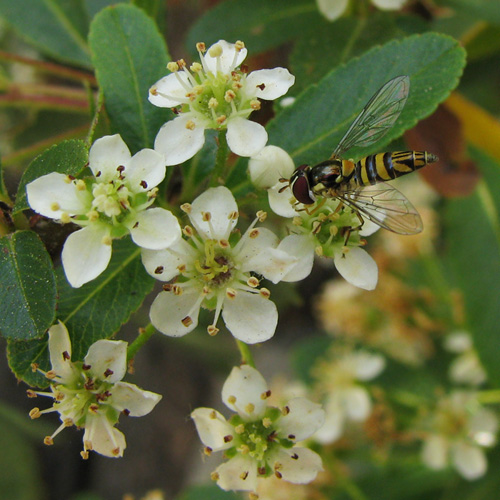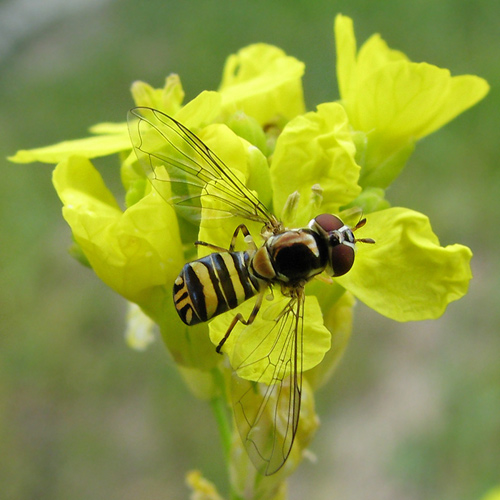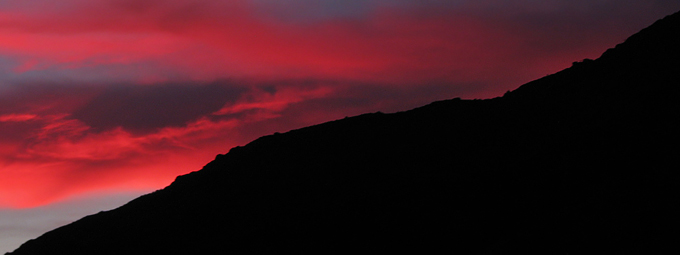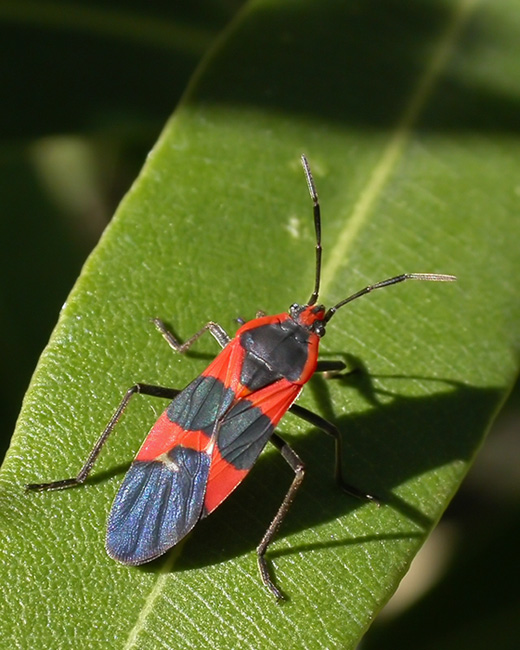Allograpta obliqua
Have you ever thought of the words “fly” and “beautiful” in the same sentence? No?!
Well, let me introduce you to Allograpta obliqua…
 Nectaring on Pyracantha
(Pyracantha angustifolia) flowers.
Nectaring on Pyracantha
(Pyracantha angustifolia) flowers. Nectaring on Mustard (Brassica sp.)
flowers.
Nectaring on Mustard (Brassica sp.)
flowers.
Allograpta obliqua can be found throughout
much of North America and is a member of the family
Syrphidae, collectively known as Flower Flies or Hover
Flies. These names are very fitting as this fly visits a
wide variety of flowers to collect nectar and is also an
expert flyer with the ability to hover in one place, move
sideways or backwards in flight. In addition to the fact
that it is a joy to watch and is completely harmless to
humans, this is a great fly to have around one’s
garden. By visiting flowers it assists in pollination and
it also lays its eggs on plants with aphid colonies, which
are decimated by the fly’s predacious developing
larvae.
 This is a male. See how its eyes come together and
touch at the top of its head?
This is a male. See how its eyes come together and
touch at the top of its head?
The females (as
shown in the first and second photo) have eyes which are
separated at the top.
 Here you can see the long mouthparts that the fly uses
to effectively “lap up” the nectar and
pollen.
Here you can see the long mouthparts that the fly uses
to effectively “lap up” the nectar and
pollen.
 Nectaring on Buckwheat (Eriogonum sp.)
flowers.
Nectaring on Buckwheat (Eriogonum sp.)
flowers.
 A face only a mother could love? *grin*
A face only a mother could love? *grin*
Well, I
find them quite charming and they are a pleasure to
photograph.
Check-out your garden or wildflowers along the trail for these endearing flies — they should be flying now!











